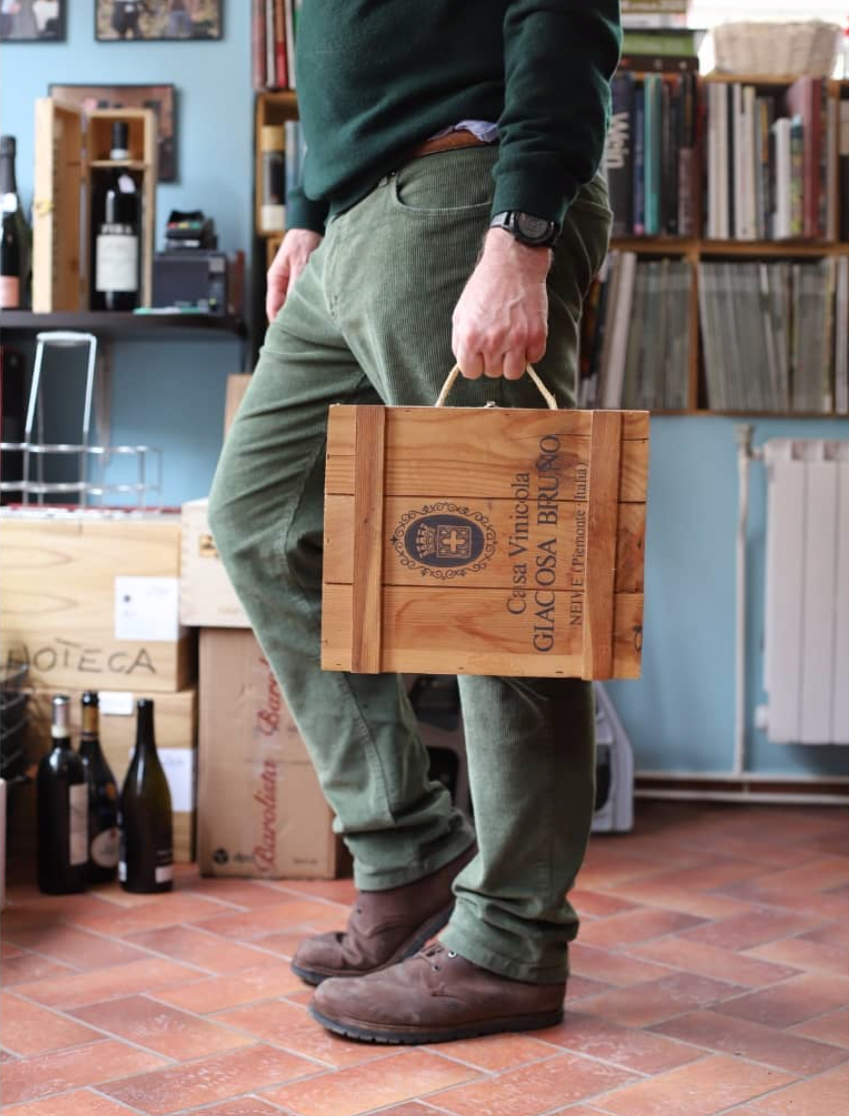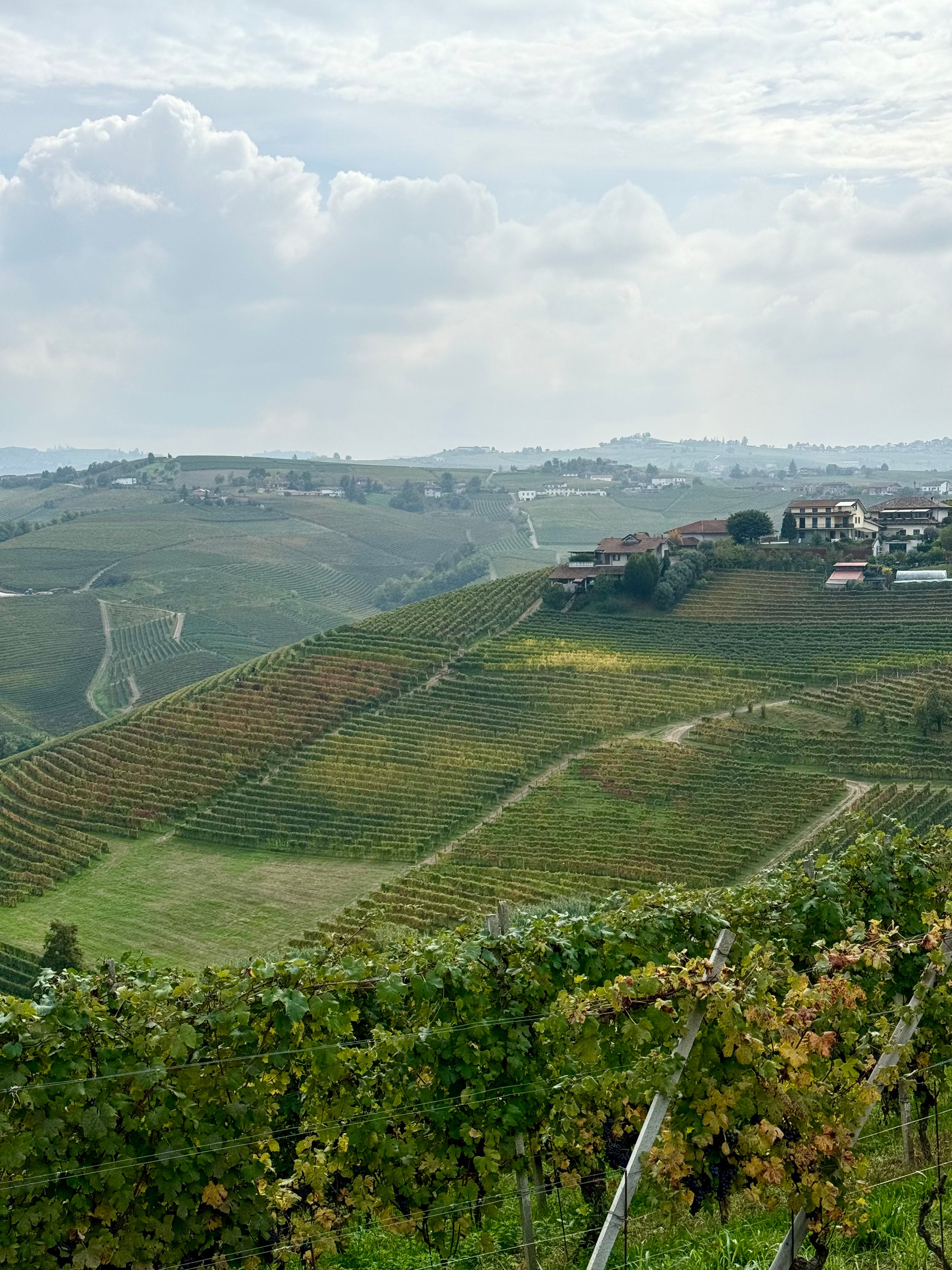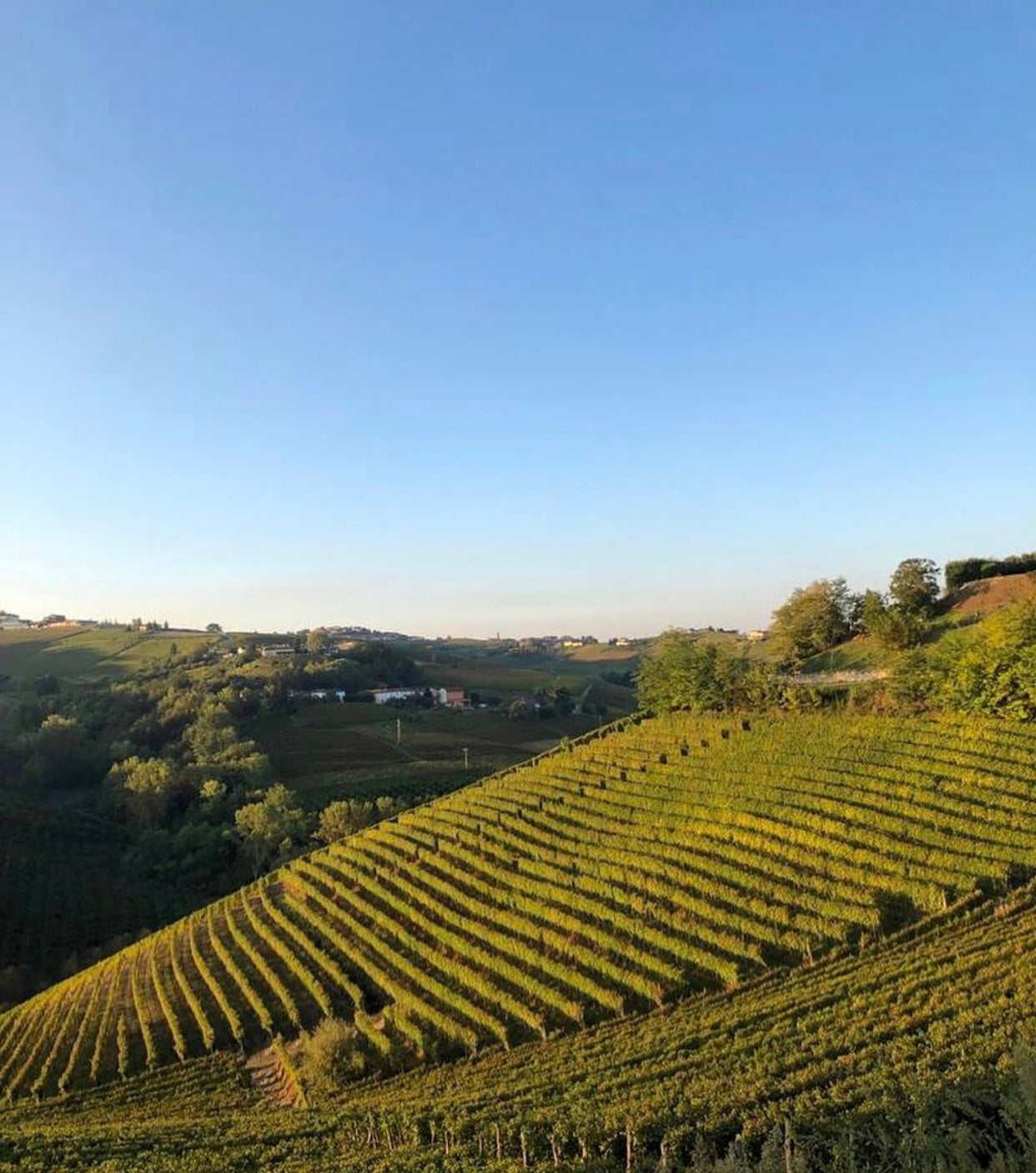Long live the wine and the spring

The great and unique Bruno Giacosa:
Bruno Giacosa is one of the symbolic cellars of Piedmont. Shortly after turning fifteen and having abandoned his studies, Bruno began working alongside his father Mario in the cellar founded by his grandfather Carlo in 1900. Bruno Giacosa in 1966 bought the Barbaresco vineyards "Asili" and "Rabaja" and in 1982 the “Falletto” vineyard in Serralunga d'Alba. Giacosa always said that a great wine is created in the vineyard with sacrifice and dedication. In the cellar it is known for being rigorously conservative in order to respect the great work done in the vineyard.
Years go by but the idea that Bruno has left us is always the same: it is in the vineyard that one decides whether the wine is good or not, because in the cellar there is little to invent and, if the grapes are not healthy, there you will never create a great bottle. The wine must be good and the one based on Nebbiolo must be able to improve and age for many years in the most natural way possible. His wines do not have the addition of external yeasts, the grapes are treated as little as possible, all the fermentations are activated spontaneously with the natural yeasts found in the vineyards and in the cellar.
The inspiration and magic of the wines of the Maison Vouette et Sorbèe
In Bruxières-sur-Arce, in the Aube, more precisely in the Côte des Bar, we find the small production 'récoltant manipulant' of the Vouette et Sorbée cellar. Five hectares of land certified by Qualité France as Demeter Biodynamic in 1998. The harvest is always manual and the vinification takes place in oak barrels with the indigenous yeasts of the same grapes. The disgorgement of the champagnes is carried out as in the past, "à la volée", and without any addition of dosing liquor.
The whole range of Champagnes comes from exceptional cuvées and from artisanal and genuine processes that seek the quality and uniqueness of the wine produced. It is a niche production characterized by elegant, fresh and mineral Champagnes, always very balanced and harmonious.
Their secrets:
The cellar manually harvests the grapes and uses a vertical Coquard press to obtain the juice from Chardonnay and Pinot Noir grapes. In the cellar it ferments with natural yeasts and uses a minimal quantity of sulfur before bottling. The bottles also list the disgorgement dates, as well as the year of the base wine. The wines of Vouette et Sorbée are not vintage-dated as they spend only 20 months on the lees against the minimum 36 months prescribed for the designation of the vintage.
Wines of character and ancestral richness, La Spia - Valtellina
We are among the Valtellina vineyards, exactly on a hill called La Spia. The reason for such a name is simple: here there was a lookout post for enemies from the time of the domination of the Graubünden. And that very same hill became a lookout point for the partisans who used it to spy on the movements of the fascists. After the war it was reclaimed and covered with undergrowth plants. After various passages from the Orsini family to the Buzzi family, the hill finally comes to the Rigamonti family who courageously decided to deforest the hill to allocate it to the cultivation of Nebbiolo grapes of the Chiavennasca biotype. It is a very particular Nebbiolo also known as Nebbiolo Valtellinese with truly unique organoleptic characteristics.
The Spy tells himself:
“In the vineyard, owned by the Rigamontis, the outcropping mother rock alternates with the short rows of Nebbiolo. In this way the flat terraces alternate with others with a vertiginous slope. The rocky hill historically called "La Spia" is physically the only island detached from the rest of the Cru Sassella, "La Spia" can therefore be considered a Cru within the Cru. The tight rows, the reduced distances between the vines, the low vigour, allow you to perceive the finesse contained in each single grape. In this garden, the flowering of the meadows is not hindered by the use of chemical products. The vineyard, with an average age of 30-35 years, provides for a constant replacement of the dead vines which keeps it vital, and the Sassella produced enjoys that elegance in French defined as vin de vieilles vignes”.



